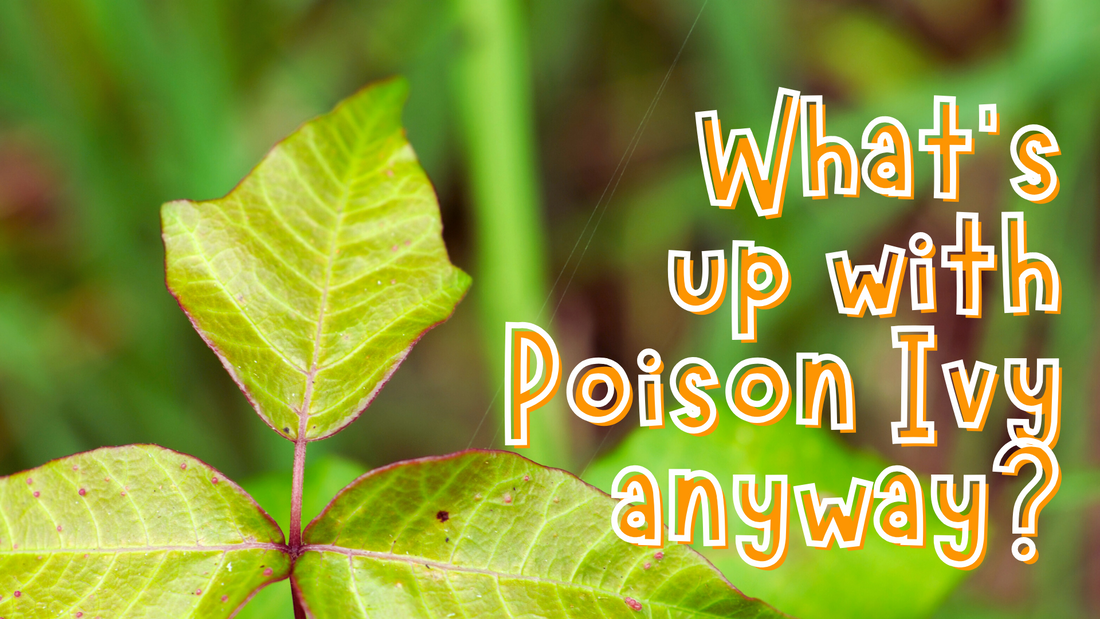
Poison Ivy: PART ONE - What's up with Poison Ivy Anyway
Share
PART ONE: What’s up with Poison Ivy Anyway?

Poison Ivy, a topic close to my heart and covered vast sections of my lower legs this already this summer 😩 Understanding a few facts about Poison Ivy can help you, a Canadian Glamper, better identify and avoid it – thus preventing a nasty allergic reaction and not hampering your enjoyment of the outdoors 😎
- Ubiquitous Presence = it’s everywhere! First off, Poison ivy (officially Toxicodendron radicans) is found throughout most of Canada, particularly in wooded areas, along roadsides, and in open fields. Like Glampers, poison ivy thrives in a variety of habitats from Ontario to British Columbia. The culprit of my of my demise was located at the side of my rural front yard, just on the yard-side of the ditch that runs alongside a sideroad in my neighbourhood in Kingston, Ontario. Wooded area – check, along roadside – check, in Ontario – check.
- Allergic Reactions, more than just a rash 🙁 Poison ivy contains urushiol oil, which causes allergic reactions in many people upon contact. These reactions can range from mild irritation to severe blistering and inflammation. It’s itchy, sore, and the blisters can be weepy, which made me weepy. The irritation kept me awake at night until the blisters really formed, then it was just extremely uncomfortable and gross until the scabbing started, then it was just gross. In Part Two of this three-part series we’ll chat about how to manage this devil spawn rash.
- Identifying Characteristics – what does Poison Ivy look like? Recognized by its three-leaf clusters, “leaves of three, let it be", but can vary in shape and size. You may have also heard that the leaves have a waxy appearance, kinda shiny, or that it always has a red stem. Although common appearances of poison ivy, it’s not always waxy and doesn’t always have a red stem. How can you find it? You don’t – it finds you, so outsmart it and wear long pants.
- Changing Colors: Just to keep you on your toes, poison ivy leaves change color throughout the year, making it tricky to identify in all seasons. In spring and summer, the leaves are green; in fall, they turn yellow, orange, or red. Even in winter, the leafless vines can still contain active urushiol but thankfully we’re less likely to be out in a bare legs in the winter!
- Animals + Poison Ivy: Like me, many people are highly sensitive to poison ivy, animals however, including deer and birds, can eat its berries without any ill effects. This helps spread the plant's seeds across different areas and is probably how the poison ivy got into my side yard to begin with. Also note that the urushiol oil can contaminate your pet’s fur. Although it may not bother them, it can wipe off on you and have the same effect as coming into contact with the plant itself. Watch those forest paths and fields when you let your pet roam anywhere you haven’t been before.
So, watch for that every changing, never the same, leaves of three leave it be, rash-making plant all year round. It can tell when you’ve let your guard down 🤓
Next up – what to do once it has found you…
~ Anja
